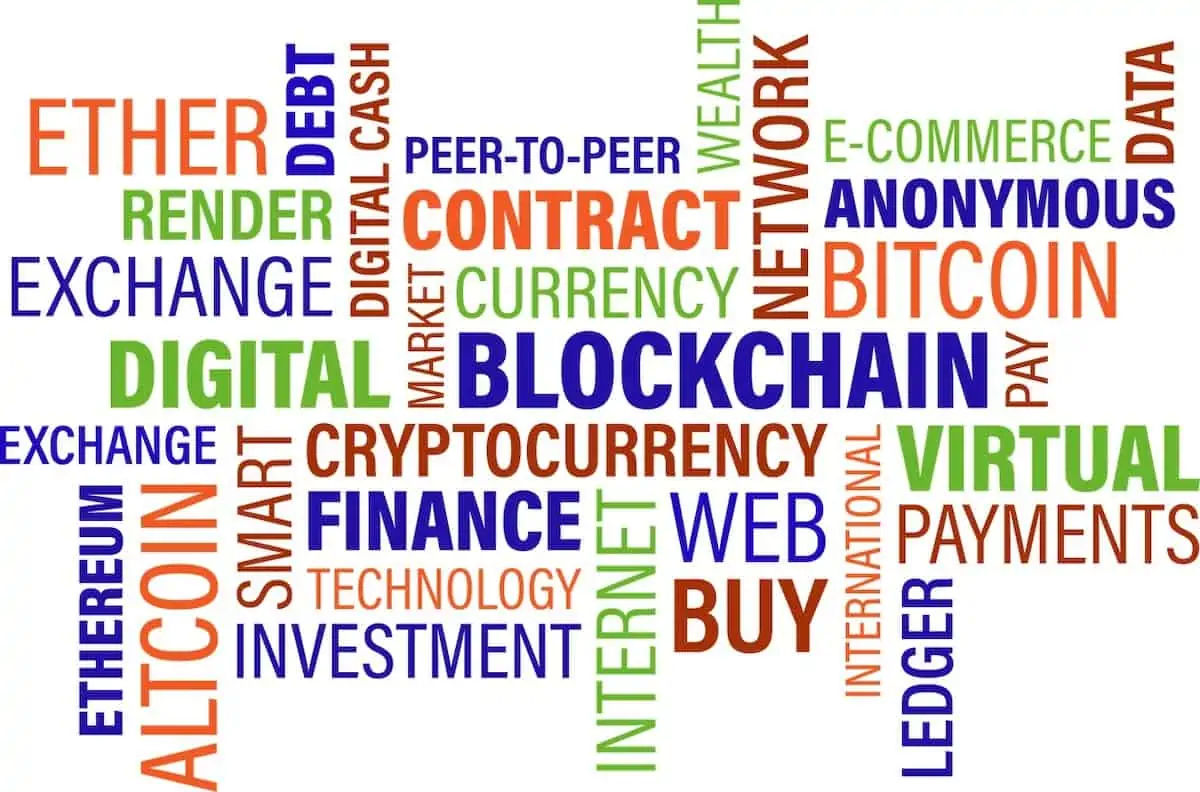A sort of money that users can only obtain digitally or electronically is known as crypto assets. Other names include cybercast, virtual currencies, and financial technology. While discussing the objectives of digital currency, we also need to read online which countries have successfully positioned cryptocurrencies.
Knowledge of the objectives of digital currency
Crypto assets are only accessible in pdf format and lack any tangible characteristics. Digital currency using pc or mobile wallets linked to the net or specific systems. Contrarily, real money has diverse morphological qualities and traits, like bills and coins. Only whenever these assets are physically in the hands of their users are processes that require them feasible.
Compared to traditional currency, cryptocurrency users may use them to pay for goods and services. Only certain internet groups, like game sites, betting websites, or virtual communities could also notice small usage.
Instantaneous merge trades are also made possible by digital currency. For illustration, if both parties are in the same system, a US citizen may send remittances in cryptocurrency to a competitor in Singapore.
Digital Coins
As was previously said, cryptocurrency transactions are only available online. Therefore, they don’t have a tangible counterpart.
Both hierarchical and anarchic cryptocurrencies exist. Fiat money and distributed centrally by a reserve bank and other governmental organizations and lives in a tangible body. Well-known cryptos like Ether are examples of autonomous digital currency networks.
Utilizing cryptos necessitates a change of perspective from the traditional use of commodities, which associates them with the selling and acquiring of things and goods. But crypto assets go beyond the idea. A game net ticket, for instance, can provide a player with more life or potent abilities. It signifies a value shift rather than a payment, including a financial transaction.
Digital currency types
Different kinds of money in the technological age may all be referred to as “digital money” under one umbrella word. There are primarily three sorts of currency pairs:
Cryptocurrencies
Cryptocurrencies known as cryptos employ cryptography to safeguard and validate payment transactions. The development of this kind of money is managed and regulated utilizing encryption. A few instances of digital currencies include BTC and Ether. Cryptos could or might not be controlled based on the region.
Electronic currencies
Cryptocurrencies are uncontrolled currencies managed by coders or a starting group of different process participants. A predetermined communication protocol may likewise govern virtual currency programmatically. For example, a gaming networking currency represents virtual currency, and the fundamentals are controlled and defined by developers.
Virtual cryptocurrencies used by central banks
Cryptocurrencies released by an exchange reserve are centralized cryptocurrency transactions (Classified). A CBDC only exists in binary code, unlike fiat money, which also exists in a tangible body. Several countries contemplating introducing a digital download of their domestic monetary systems include Uruguay, England, and Sweden.
Benefits of Cryptocurrencies
The following are some benefits of cryptocurrencies:
First, they don’t need to be manufactured physically and can’t become dirty.
Cryptocurrencies don’t have to meet many conditions that apply to traditional money, such as the construction of natural production capacity.
They can make the macroeconomic policy easier to execute.
The Fed now distributes cash into a market via several intermediaries, including lenders and financial organizations. A federal agency may be able to avoid this system and make payouts to individuals directly with the use of CBDCs. They also make supply chain processes simpler by eliminating the need for international currency fabrication and delivery.
They might reduce costs.
Direct communication inside a network is made possible by digital currency. For instance, if two parties are inside the same connection, the buyer may pay the merchant immediately. Even the expenses of digital cash transactions across the network are far less than those using physical or fiat money. In addition, cryptocurrency transactions may reduce the total price of just payment by eliminating intermediaries that gain excess profits from handling it.
Problems with Digital Currencies
The following are some drawbacks of cryptos:
It’s not like all storage, and they resolve infrastructural issues.
Virtual wallets get their own needs for data storage while still not requiring a genuine wallet. A Connection, cell phones, and services linked to their delivery are a few examples. Digital currency storage also requires online accounts with security measures.
They are vulnerable to being hacked.
Cryptocurrency transactions are hackable due to their electronic origin. Hackers can take digital currency from cryptographic protocols or alter the protocols, rendering them useless. The countless instances of cryptocurrency hacking have shown that there is still work to protect communications technology and money.
Their value may fluctuate.
Extreme price fluctuations might occur while using digital currency for trade. For instance, the matrix approach of crypto has led to the proliferation of weakly funded cryptocurrency transactions, whose valuations are susceptible to jarring shifts depending on client vagaries—decent price trajectories for other electronic money throughout their early stages. For instance, the Linden dollars in Second Life’s computer games initially saw a relatively unstable price trajectory.

